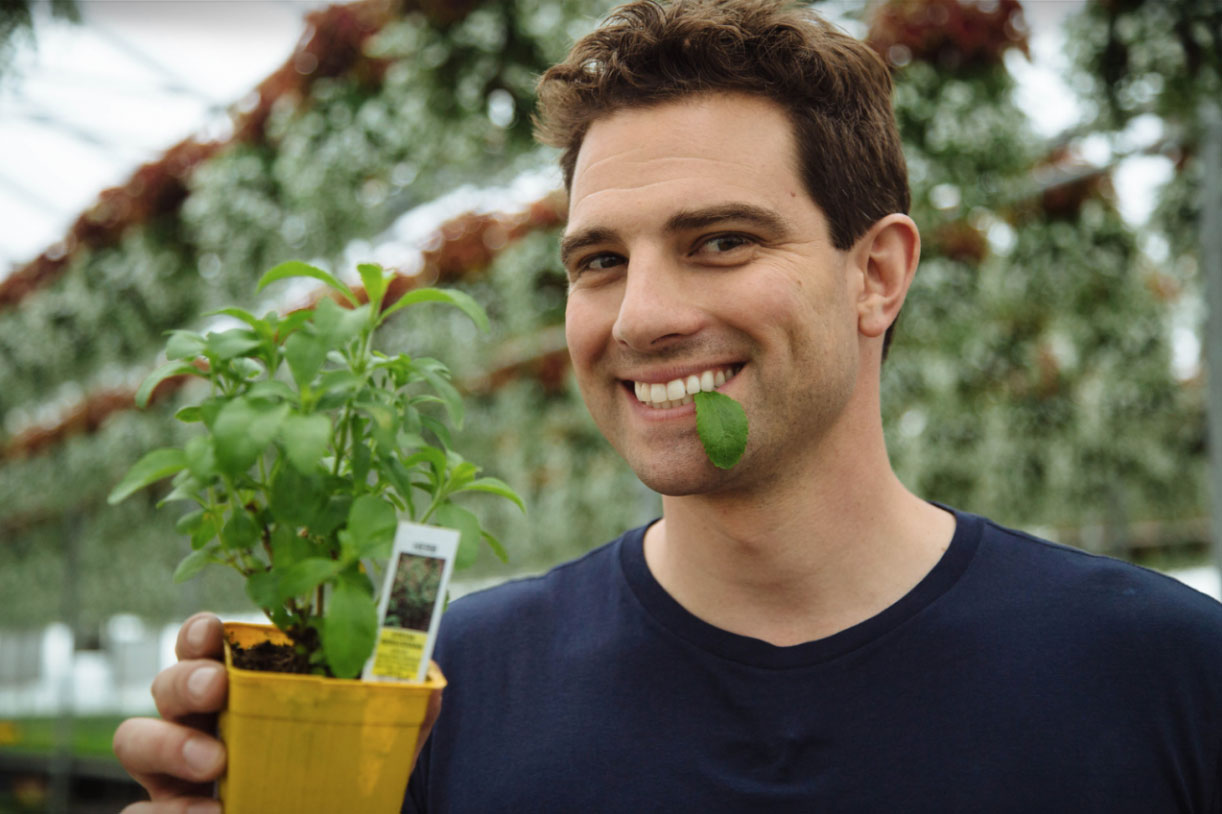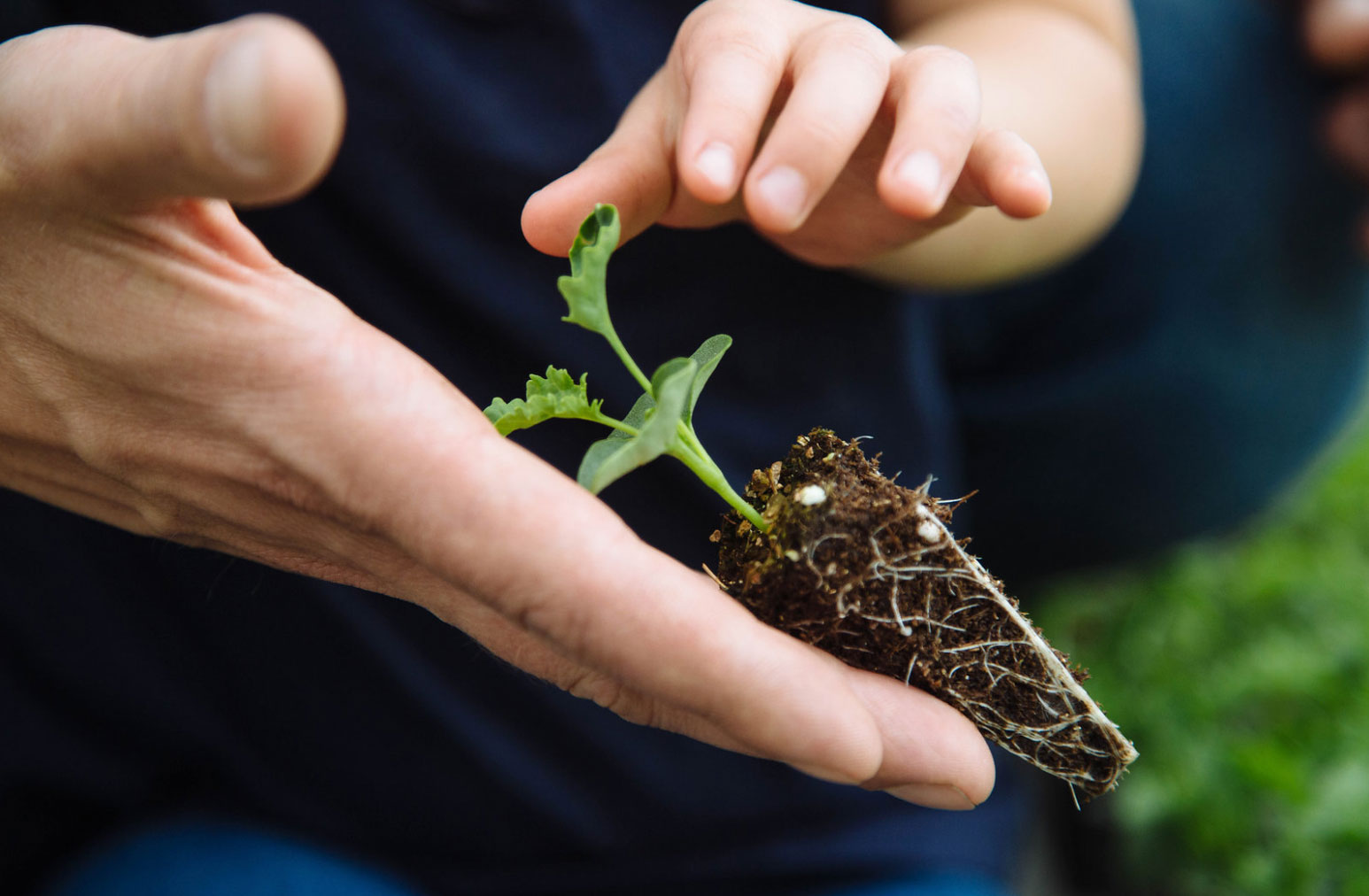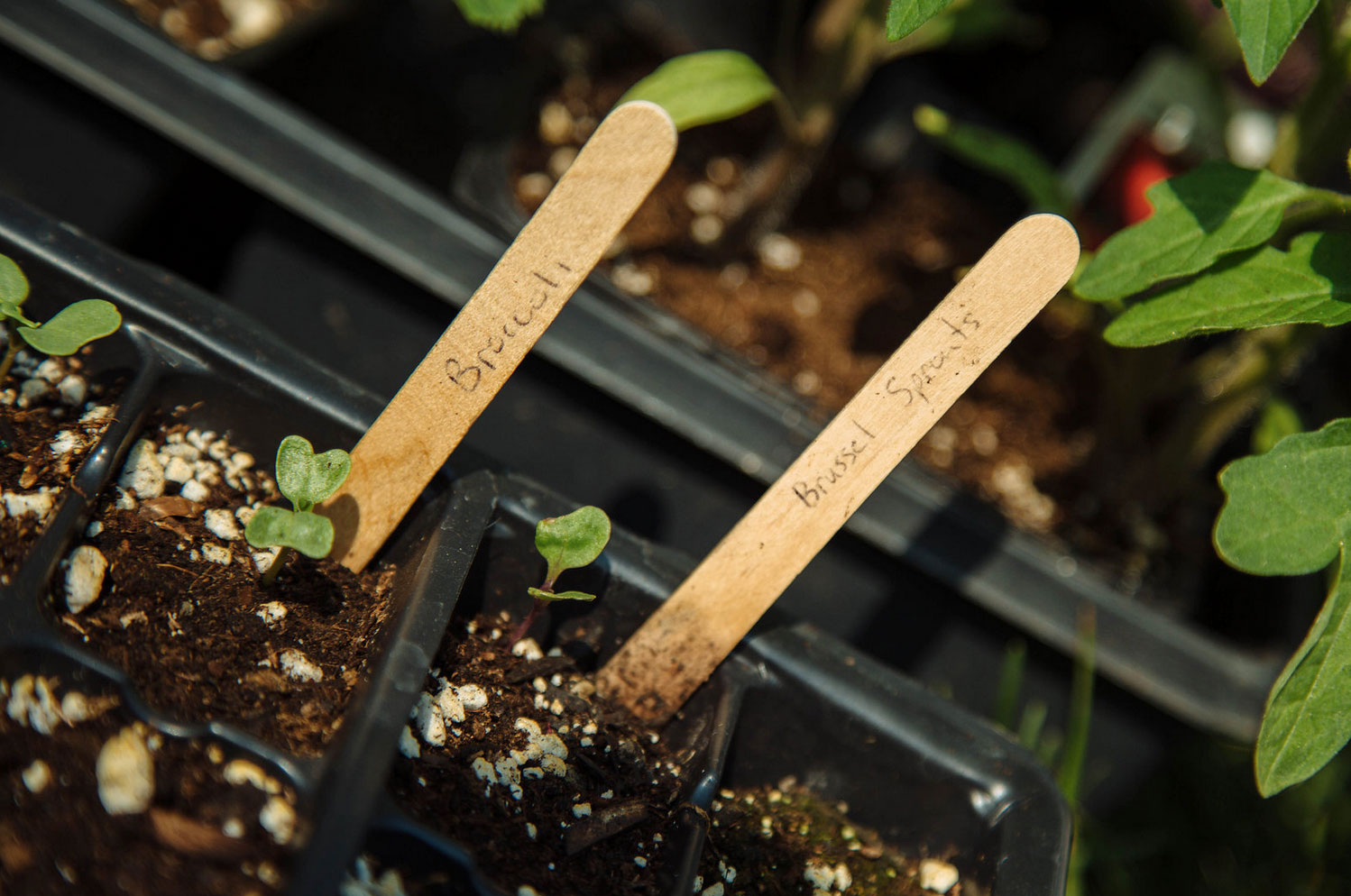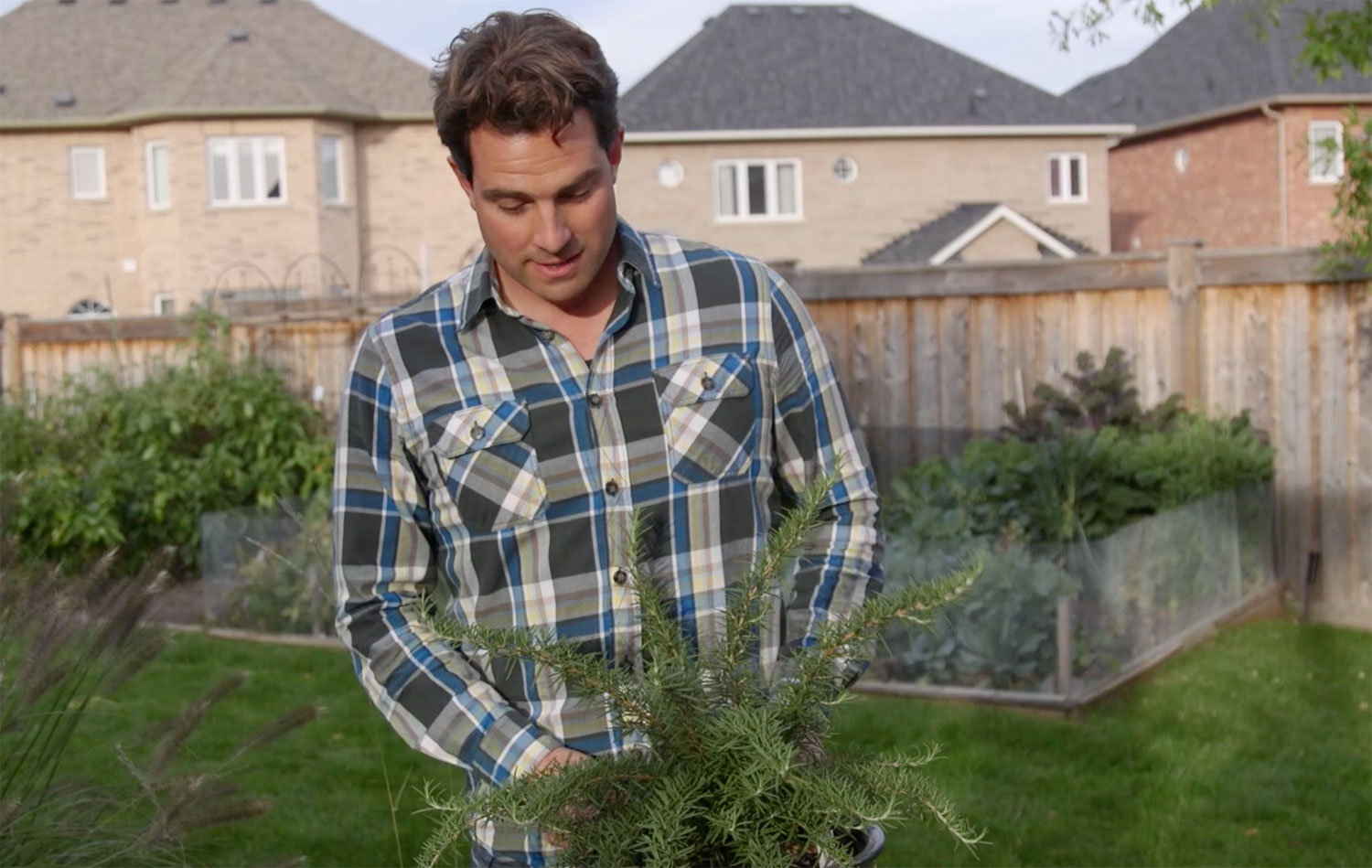Scott McGillivray may be our income property pro, but did you know he’s also a self-proclaimed gardening junkie? We turned to Scott for the best veggies to plant now (depending on your location and climate) for a gorgeous and healthy vegetable garden come summer time.

Scott McGillivray, the Gardening Junkie
Spring has arrived, and that means it’s time to start planting! We all know that the planting season starts for people in different areas at different times. And in order to understand what’s best for your garden when, you’ll need to be familiar with what zone you’re in, and what works best for your climate. That said, when the garden soil starts to warm up, it’s time to get growing. Since I’m a bit of a gardening junkie I like to get started as early as possible.

Sowing Seeds
I like to start seeds indoors around late winter – ideally six to eight weeks before the last frost. Where my house is located, the last frost is usually right at the beginning of May, so that means I get going in late March. My favourite way to sow seeds indoors is by planting them in plastic egg cartons. Because you can close them and still allow light in, they act as mini greenhouses, which speeds up the process a little bit. Just be sure to prick a hole in the bottom of each section to allow the water to drain and the dirt and seed to breathe.

What to Plant First
The first seeds I start indoors include broccoli, brussels sprouts cauliflower, lettuce, onions, radishes and spinach. I start them around mid-March and then try to get them in the ground by early May. The ground may still be cold, but as long as it can be worked it’s usually ok. These guys are pretty hearty and shouldn’t keel over after a chilly night outside. The next ones to get planted are beets (my favourite!), carrots, cauliflower, celery and potatoes. I like to have these in the ground by mid May. Some people prefer to wait until the end of the month, but because of where I used to live I found this time was ok. Now that I live slightly farther north, I may wait an additional week or two.

The Final Planting
Once I know the weather is going to stay warm for sure – late May to early June, I plant the last crop. It usually includes beans (which I often let germinate in water before planting), tomatoes, cucumbers, squash, peppers and watermelon. It’s always hard to hold off this long, and I get tempted to plant early, but I’ve learned over the years that good things come to those who wait! Plant too early and you may end up having to redo everything a few weeks later.

Scott McGillivray’s Gardening Tips
Every gardener has their own set of rules that they follow when it comes to what to plant when. As you experiment you’ll develop your own techniques. Just remember these few important tips:
Vegetables need at least six hours of direct sun per day. You won’t have much success if you plant them in the shade. Certain vegetables grow well together, but I like to plant them in groupings according to height so that they don’t shade each other. To help repel insects, plant some garlic, onions and chives. Insects hate them and will avoid the garden. I highly recommend using compost as well as natural and organic fertilizers. It will help keep your soil healthy, and you’ll encourage the development of earthworms – which can be very beneficial.
Pay attention to planting instructions. Some vegetables really like to sprawl, so you want to make sure you’ve left them enough room.
HGTV your inbox.
By clicking "SIGN UP” you agree to receive emails from HGTV and accept Corus' Terms of Use and Corus' Privacy Policy.




